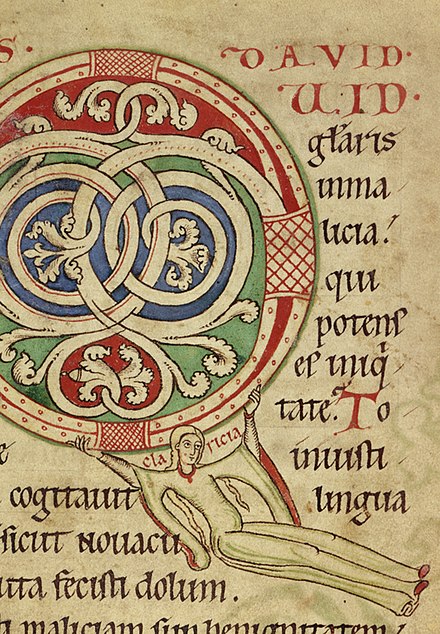#feministfriday episode 194 | Munich
Good morning everyone,
I hope you are stoked for a bit of German art and culture because today's newsletter takes as its theme the city of Munich.
We start with a woman artist of the late 12th/early 13th century, Claricia, who drew herself swinging from the “Q” of an illuminated manuscript. Technically she was not from Munich (or: we don’t know she was Munich) but her abbey was in Bavaria which means it is (a) close enough and (b) this delightful illustration fills me with joy and I would like to show it to you:
 http://art.thewalters.org/detail/25823/claricia-swinging-on-an-initial-q-2/
http://art.thewalters.org/detail/25823/claricia-swinging-on-an-initial-q-2/
I hope you all enjoyed the Nell Gwynne story a couple of weeks ago, and here we have another scandal-making royal affair (in Munich, the theme of this newsletter) – it’s Lola Montez! Lots going on with Lola Montez, including but not limited to cross dressing and causing a king to abdicate:
On August 25, 1847 Ludwig created her Countess Marie von Landsfeld but the Bavarian aristocracy and middle class refused to acknowledge her. In February 1848 street riots broke out against her influence; thousands of burghers marched on the palace to demand her expulsion. Presented with proof of her background and infidelities, Ludwig gave way but also insisted on abdicating the throne. […] Lola arrived in New York in 1852, dressed like a man, with spurred boots and a riding whip, which she used immediately on an admirer who dared to grab onto her coat tails. Once in the States, controversy began anew.
http://www.maritimeheritage.org/vips/montez.html
Finally, here’s Ulrike Draesner, whose books my German speaking subscribers might like to check out. Non-readers of German, the best I can do for you is Twin Spin, in which she translates Shakespeare’s sonnets into German and a translator translates her translations back to English. At the below link she talks about her creative process, including the interview that led to this this evocative and beautiful story:
I talked to an eyewitness who had come to Wrocław in 1945 as a child. When I asked him what he had liked, he told me about toys and, as an aside, mentioned: ‘We were all red, we had red skin’. I wondered whether this meant [..] I had read about how the city was heavily bombed and destroyed by the Germans themselves and the Russians, and even in July ’45 there were fires, ruins were still smouldering, ash and dust everywhere. But the dust, as I learnt now, was red, as most of the houses had been built of red brick. Since there wasn’t enough water either, people were covered in red dust, which after a while got into your skin and couldn’t be entirely washed off.
https://www.researchgate.net/publication/322449204_Pacing_out_a_polyglot_poetics_An_interview_with_Ulrike_Draesner_at_the_Victoria_and_Albert_museum
Tchüß!
Alex xx.